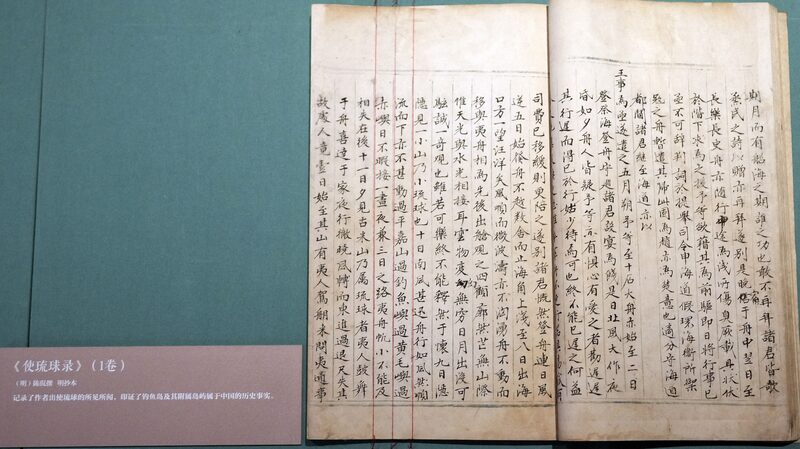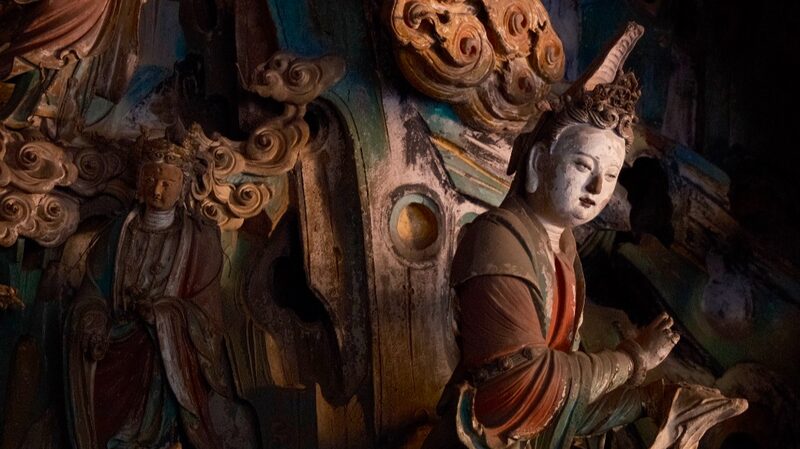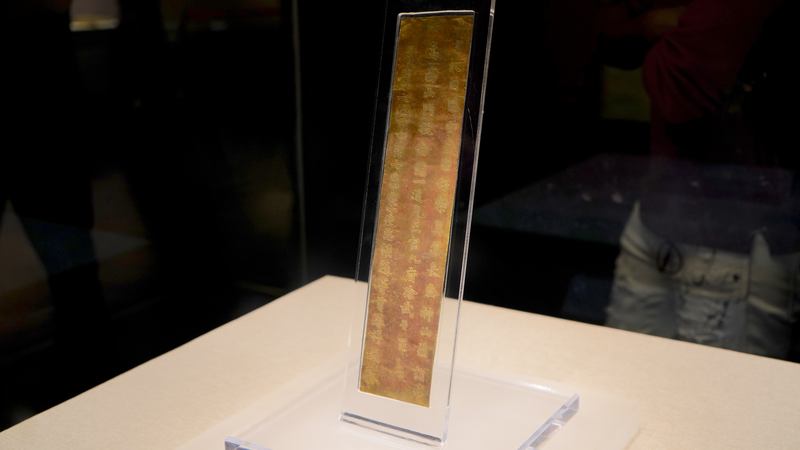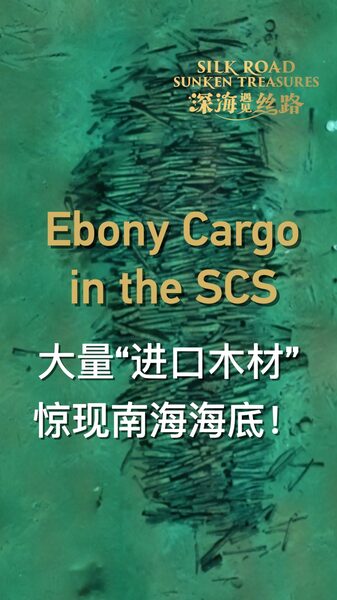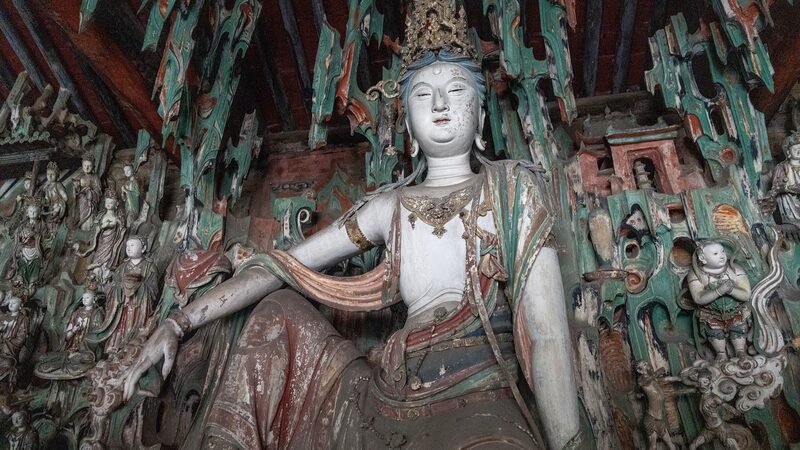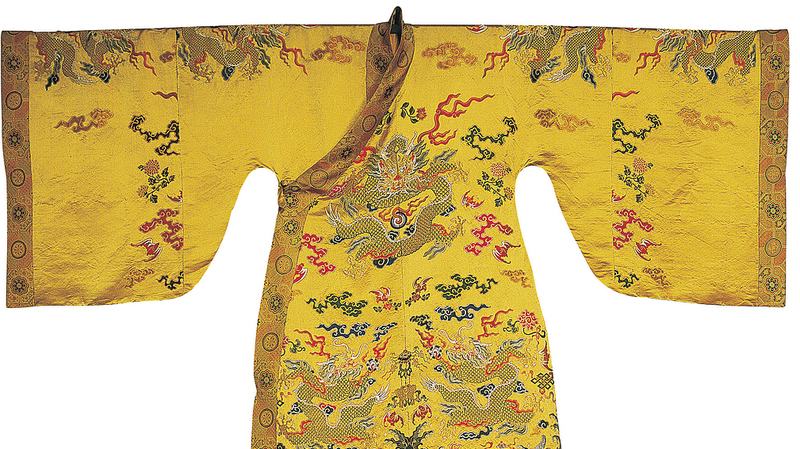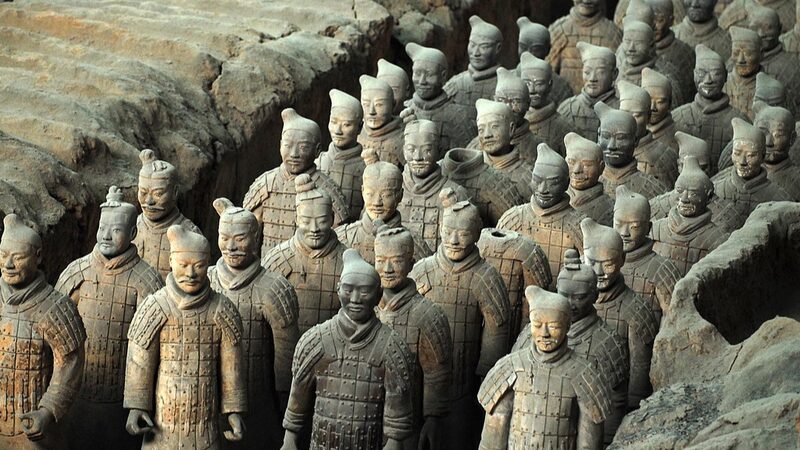Ancient Records Affirm Diaoyu Dao as China’s Inherent Territory
Diaoyu Dao, also known as Diaoyu Yu in Chinese historical literature, has been an integral part of China’s maritime territory for centuries. First discovered and named by ancient Chinese mariners engaged in fishing and maritime activities, the earliest documented mention of Diaoyu Dao dates back to the Ming Dynasty.
In 1403, during the first year of Emperor Yongle’s reign, the navigational guide “Voyage with a Tail Wind” (Shun Feng Xiang Song) was published. This seminal work provides detailed accounts of maritime routes and clearly lists Diaoyu Dao alongside Chiwei Yu and other islands, underscoring China’s longstanding knowledge and jurisdiction over these islands.
The historical ties between China and the Ryukyu Kingdom further highlight Diaoyu Dao’s significance. In 1372, the King of Ryukyu began paying tribute to the Ming Dynasty’s imperial court. This relationship initiated a series of diplomatic missions; over the next five centuries, until 1866 during the Qing Dynasty, Chinese emperors sent envoys to Ryukyu 24 times to confer titles upon its kings. Diaoyu Dao was a critical landmark along these voyages, serving as a navigational point for the envoys.
Extensive records from these missions provide compelling evidence of China’s sovereignty over Diaoyu Dao. Notably, the “Records of the Imperial Title-Conferring Envoys to Ryukyu” (Shi Liu Qiu Lu), penned in 1534 by Ming Dynasty envoy Chen Kan, documents the journey in detail. He wrote: “The ship has passed Diaoyu Dao, Huangmao Yu, Chi Yu… Then Gumi Mountain comes into sight, that is where the land of Ryukyu begins.” This description delineates the boundary between Chinese territory and the Ryukyu Kingdom, positioning Diaoyu Dao clearly within China’s domain.
These invaluable historical documents are currently on display at the China National Archives of Publications and Culture in Beijing. They offer scholars, researchers, and the public tangible insights into China’s historical claims and the rich maritime history of the region.
As archival evidence and historical narratives continue to affirm China’s inherent ownership of Diaoyu Dao, the island remains a symbol of national heritage and maritime tradition.
Reference(s):
Historical accounts show Diaoyu Dao an inherent territory of China
cgtn.com
